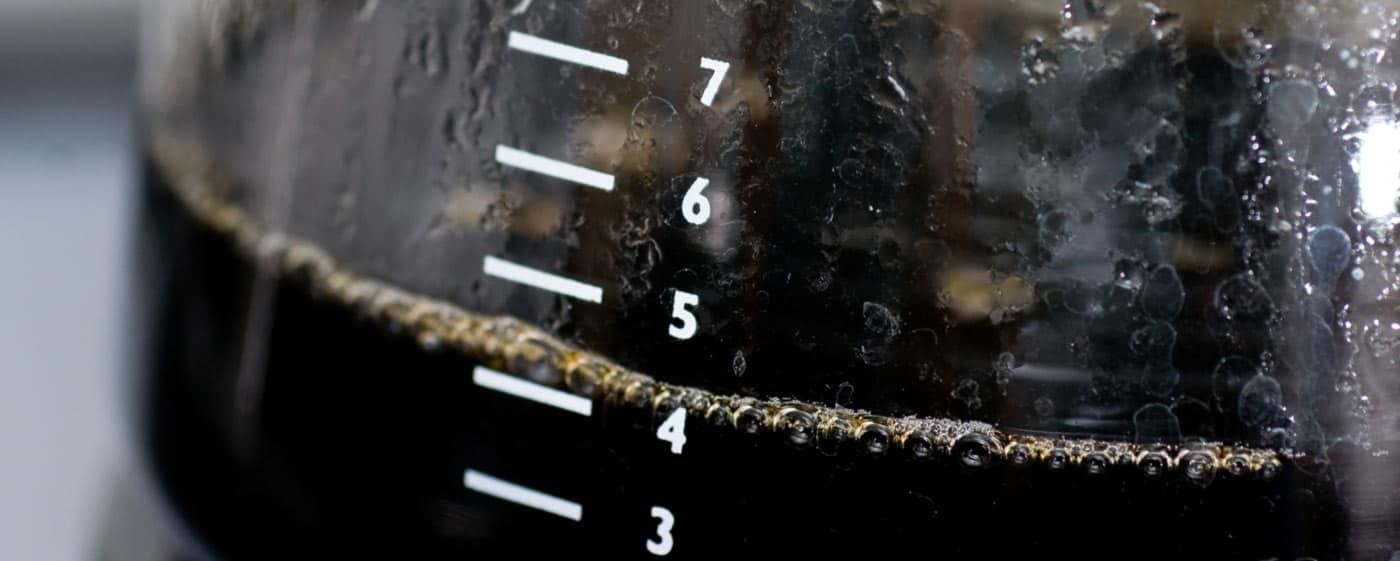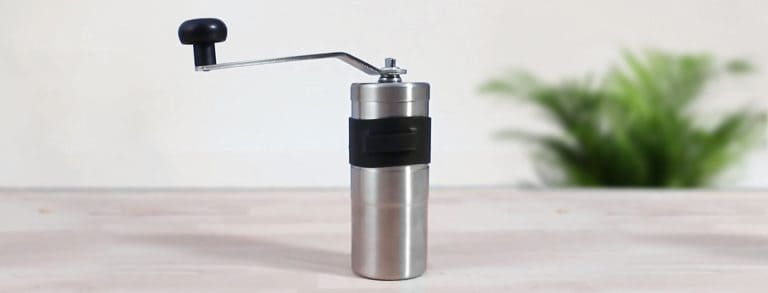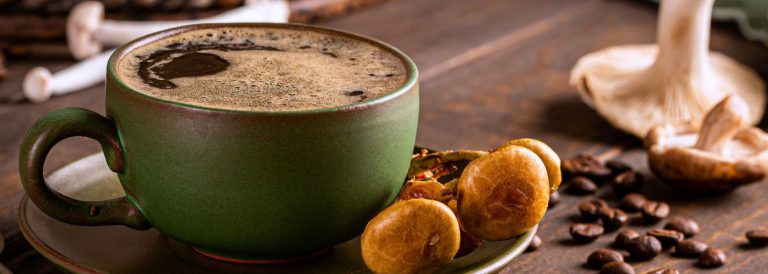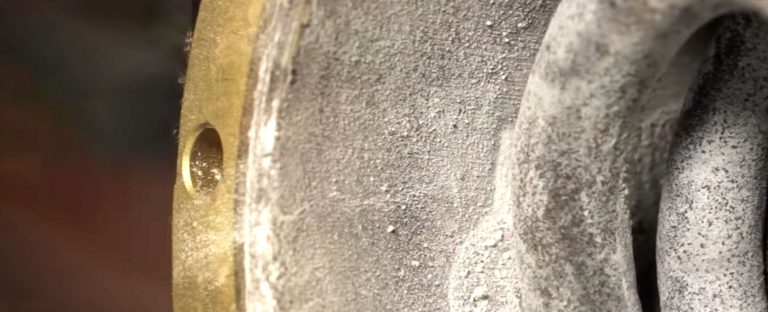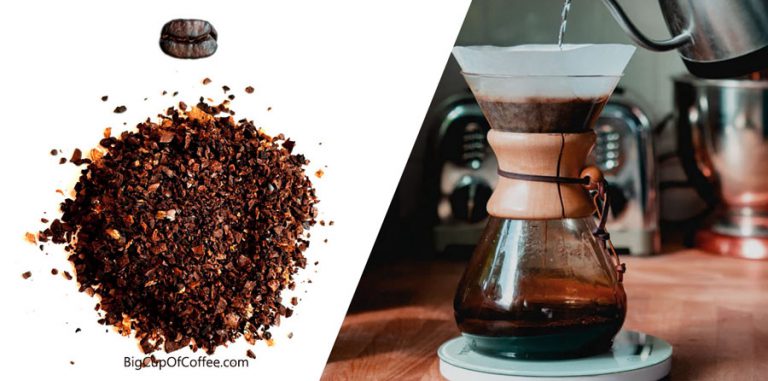What’s the Best Coffee-to-Water Ratio for Drip Coffee for All Cup Sizes?
Just starting out in making drip coffee? Then you probably have lots of questions in mind as you try to brew the perfect cup.
- What brew ratio to use?
- How to apply it to your drip coffee machine?
- What tools to use for precise measurements?
That’s most likely why you’re here, and I’m about to give you the answers you’re looking for.
From finding the best coffee-to-water ratio for drip coffee that makes it perfectly balanced and flavorful to learning which essential tools are needed to ensure consistent results each day, I’ve put together this article to help you master your mornings with great-tasting drip coffee.
Understanding Coffee-to-Water Ratios
Making good quality, consistent drip coffee requires precision in terms of both amounts and measurements. It takes practice but once you master it – trust me, you will appreciate every sip. But the key question here is: what is the best ratio for drip coffee?
First, let’s talk about ratios. What is a brew ratio?
A brew ratio is simply the amount of dry coffee grounds compared to water used when brewing – measured either by weight or volume. This leads us to the “golden ratio”, which is the optimal ratio to use when brewing your coffee to achieve that great-tasting java in your coffee pot.
So What’s the Golden Ratio for Drip Coffee?
For drip coffee, the best ratio is 1:16, which means for every 1 gram of coffee grounds you use, you will brew it with 16 grams of water.
You may adjust this according to your preference if you like your coffee a bit stronger or weaker, but it’s a good rule of thumb to start with that ratio before experimenting further if you ever find your cup lacking for your taste. I’ve explored different brew ratios on my drip coffee in the past but I ended up going back to this golden ratio as it yielded the best results for me.
It can be helpful to keep a journal while consistently trying different combinations of beans, brew ratios, and different grind sizes, as this will enable you to eventually figure out which configuration yields results that best suit your individual taste tastes preferences.
Grams vs Tablespoons vs Cups
Getting the ratio right for your cup of drip coffee really comes down to accuracy.
Keep in mind that the weight of a cup or a tablespoon of coffee can vary significantly depending on how you tightly pack the scoop and how fine the ground beans are.
This is why I do not recommend just measuring the amount of coffee through cups or spoons.
Barista tip: The only time I can recommend using a measuring spoon is if you have weighed the coffee with a scale and know exactly how it should fit into a measuring spoon.
If you want consistent and precise results, then you should also weigh your coffee by grams to meet the golden ratio. A good quality kitchen scale like my trusty Timemore Black Mirror (reviewed here) should do the trick here, and it’s not that expensive
As for the water, you can use a cup or beaker that indicates measurements by the milliliter (ml), which is equal to one gram.

Drip Coffee Ratio Guide
Making your coffee is an art form, but it also requires some hard numbers for you to master that golden coffee-to-water ratio. To make it easier, I’ve put together this comprehensive table for your much-needed measurements when fixing your drip coffee– no more guesswork involved.
| Coffee Maker Size | Capacity (oz) | Coffee-to-Water Ratio | Coffee | Water |
|---|---|---|---|---|
| 4 cup | 20 | 1:16 | 36 g (2.4 tbsp) | 576 g (20 oz) |
| 6 cup | 30 | 1:16 | 54 g (3.6 tbsp) | 864 g (30 oz) |
| 8 cup | 40 | 1:16 | 72 g (4.8 tbsp) | 1152 g (40 oz) |
| 10 cup | 50 | 1:16 | 90 g (6 tbsp) | 1440 g (50 oz) |
| 12 cup | 60 | 1:16 | 108 g (7.2 tbsp) | 1728 g (60 oz) |
| 14 cup | 70 | 1:16 | 126 g (8.4 tbsp) | 2016 g (70 oz) |
- How much coffee for a 4-cup drip coffee maker? 36 g (2.4 tbsp)
- How much coffee for a 6-cup drip coffee maker? 54 g (3.6 tbsp)
- How much coffee for an 8-cup drip coffee maker? 72 g (4.8 tbsp)
- How much coffee for a 10-cup drip coffee maker? 90 g (6 tbsp)
- How much coffee for a 12-cup drip coffee maker? 108 g (7.2 tbsp)
- How much coffee for a 14-cup drip coffee maker? 126 g (8.4 tbsp)
Tips for Making Different Types of Drip Coffee
When it comes to achieving a variety of different types of drip coffee, making slight adjustments to the ratio can yield incredibly satisfying results.
- To make stronger drip coffee, go with the ratio of 1:15.
- If you prefer a lighter brew, try using the 1:17 ratio.
Another way is to adjust the grind size of your beans to reflect your coffee’s strength. Use a finer grind for a stronger cup and a coarser grind for a weaker cup.
If you’re like me who occasionally craves iced coffee and there’s no cold brew around, you can also fix yourself an iced drip coffee. For this you can use the 1:17 ratio, taking into account the ice cubes that can dilute the flavor of your drink.
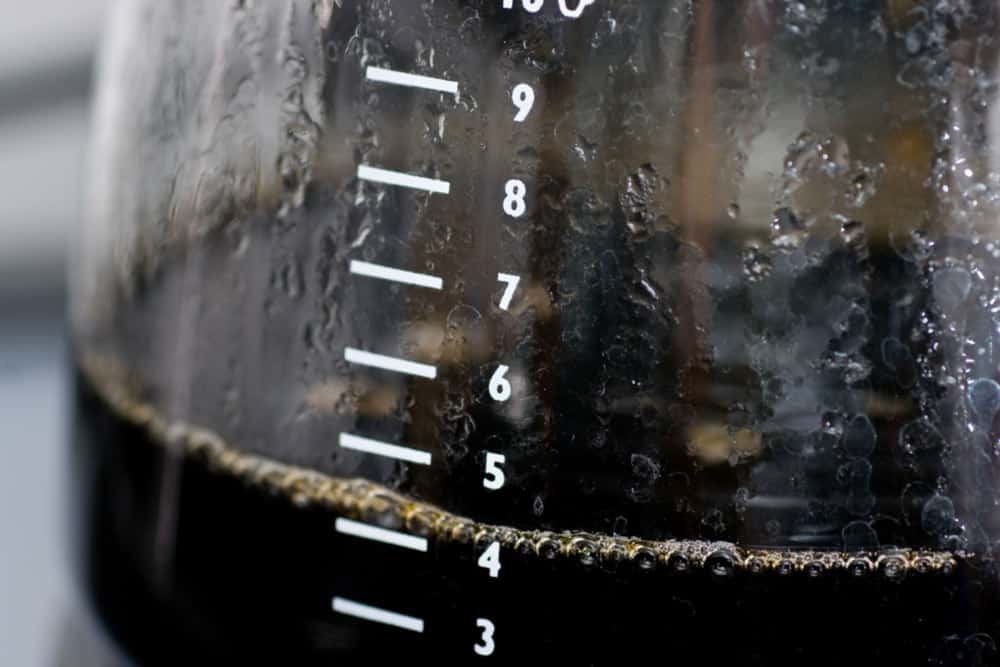
Essential Tools for Making Great Drip Coffee
Making a great cup of drip coffee doesn’t just require using the right coffee-to-water ratio – having the proper tools can take your brew from good to amazing too. Here’s my list of essential items for making great drip coffee:
- Kitchen scale – Get yourself an accurate kitchen scale so you can measure precisely how much ground coffee you need every time. If you’re planning to buy one, you can check out my review of the Timemore Black Mirror Basic Plus.
- Measuring cups/spoons – Measuring spoons or cups are also very helpful, but be sure to weigh your coffee and water too.
- Grinder – Having your own grinder is optional but grinding your whole beans gives you a fresher and better-tasting flavor than pre-ground store-bought blends.
- Drip coffee maker – Coffee makers come in all shapes and sizes with different features, but make sure yours will give you consistent coffee when it drips into the carafe. You may also need reusable or paper filters for your machine.
Frequently Asked Questions (FAQs)
Here are the answers to some questions you may have relating to drip coffee ratios.
Summary
Well, I think it’s safe to say that when it comes to making a delicious cup of drip coffee – the ratio is key and for a perfect drip coffee, you’d want to go for the golden ratio of 1:16. Just be sure to weigh your ingredients to make sure that you’re getting accurate amounts for your perfect coffee at home.
After nailing down those measurements and investing in some essential tools for brewing, you should be able to have your morning pick-me-up brewed perfectly every time.
But nothing is set in stone, so feel free to experiment to find out the ratio that suits your taste the best.
What is your favorite brew ratio? Do you use different ratios for different beans? Please let me know how it all goes in a comment.

